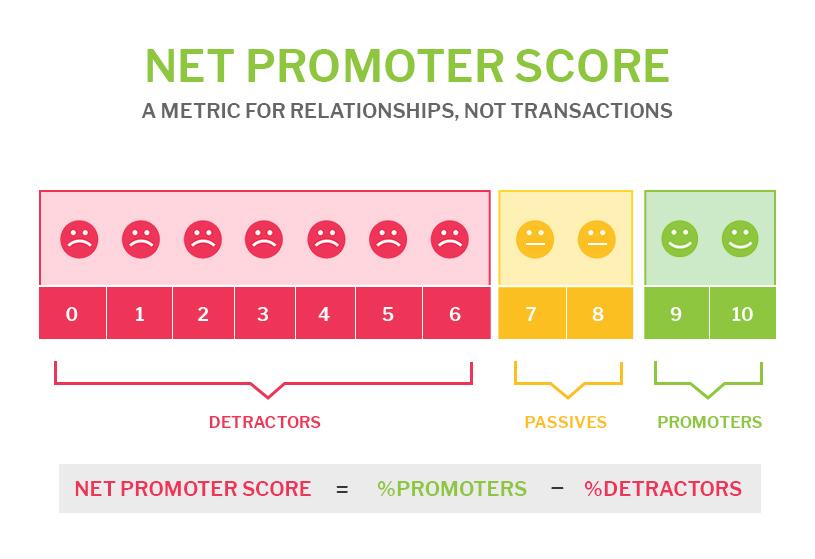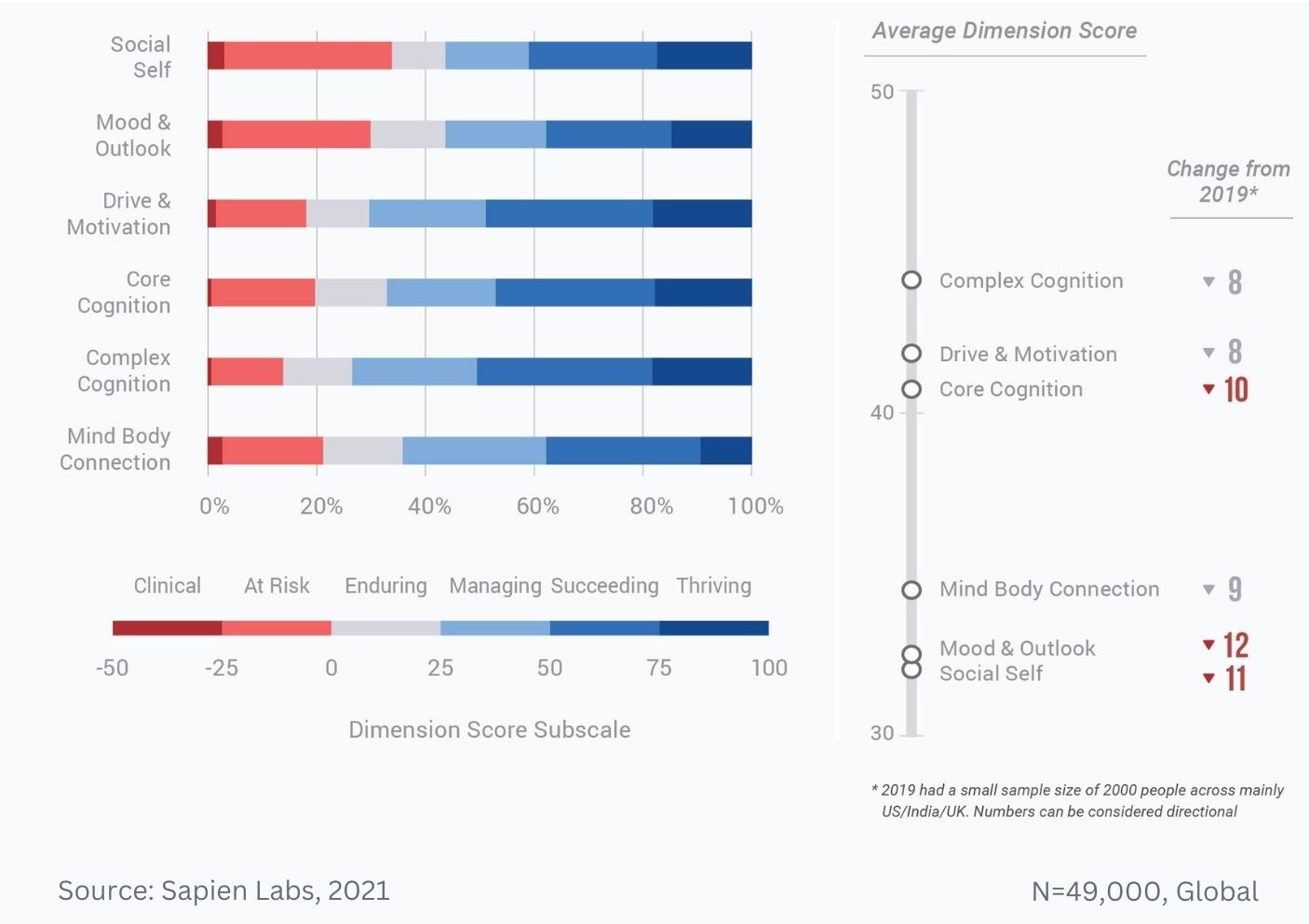- Home
- core 10 scoring
- A Pragmatic Utility Function to Describe the Risk-Benefit Composite of Opioid and Nonopioid Analgesic Medication
A Pragmatic Utility Function to Describe the Risk-Benefit Composite of Opioid and Nonopioid Analgesic Medication
4.6 (214) · $ 26.50 · In stock
It is not straightforward to simultaneously evaluate the beneficial and harmful effects of pain management, since different drugs may possess different analgesia and adverse effect profiles. Utility functions, derived from the pharmacokinetics and pharmacodynamics of individual outcome parameters, have been constructed to address this problem. Here, we construct “pragmatic” utility functions based on measurements of benefit and harm, but without making assumptions about the underlying pharmacokinetics and pharmacodynamics. Using data from two previous studies, utility functions were designed by estimating the probability of occurrence of benefit and harm and combining these into one function. Study 1 was a clinical trial on the effect of oral pregabalin on pain relief in chronic pancreatitis patients, with endpoint analgesia and dizziness monitored for 21 days. Study 2 was an experimental study on the effect of intravenous fentanyl on antinociception and respiratory depression in healthy volunteers. From study 1, the utility function was negative the first week of treatment, indicative of the greater probability of dizziness than analgesia, but positive thereafter. From study 2, the utility function showed a nadir 30 minutes after dosing, after which the probability function slowly increased toward zero. A pragmatic utility function based on the probability of two binary outcomes, analgesia and adverse effect, was successfully constructed using data from the two previous studies. The results yielded valuable insights into the utility of treatment and may be highly educative for physicians and potentially used in development of potent analgesics without serious side effects.

Albert DAHAN, Professor of Anesthesioligy, MD PhD

Pharmacotherapy for pain: efficacy and safety issues examined by

Opioid utility function: methods and implications - van Dam
Long-Term Opioid Use in Non-Cancer Pain (24.10.2014)

The use of analgesia in mountain rescue casualties with moderate or severe pain

A Pragmatic Utility Function to Describe the Risk-Benefit

Albert DAHAN, Professor of Anesthesioligy, MD PhD

Improving Power and Accuracy in Randomized Controlled Trials of Pain Treatments by Accounting for Concurrent Analgesic Use - The Journal of Pain

Assessment of pain associated with chronic pancreatitis: An

PDF) Prescription Opioid Abuse in Chronic Pain: A Review of Opioid

Albert DAHAN, Professor of Anesthesioligy, MD PhD

PDF) Neuropathic Pain: Challenges and Opportunities












